Home>Home Maintenance>When A Property Assessment Indicates Improvements, How Are They Determined?


Home Maintenance
When A Property Assessment Indicates Improvements, How Are They Determined?
Modified: March 6, 2024
Discover how improvements are determined when a property assessment indicates them. Enhance your home maintenance knowledge and find out the factors behind this crucial evaluation.
(Many of the links in this article redirect to a specific reviewed product. Your purchase of these products through affiliate links helps to generate commission for Storables.com, at no extra cost. Learn more)
Introduction
Welcome to the world of property assessments and improvements! Whether you’re a homeowner, homebuyer, or simply curious about the intricacies of home maintenance, understanding property assessments and how improvements are determined is essential knowledge. Property assessments play a vital role in determining the value of a property, which in turn impacts property taxes, insurance premiums, and even potential resale value.
In this article, we will delve into the fascinating world of property assessments, exploring what improvements mean in this context and how they are determined. By the end, you’ll have a better understanding of the factors that influence property assessments and the methods used to evaluate improvements.
So, let’s dive right in!
Key Takeaways:
- Property assessments determine a home’s value for taxes and resale. Improvements, like renovations or new structures, increase a property’s value, impacting taxes and potential resale value.
- Assessors use factors like type of improvement, size, materials, and market demand to determine improvement value. Challenges include subjectivity, timing, and market fluctuations.
Understanding Property Assessments
Before we can discuss improvements in property assessments, it’s important to have a clear understanding of what a property assessment entails. A property assessment is a process by which the value of a property is determined for tax purposes. It is conducted by a local government authority or a licensed appraiser to assess the fair market value of a property.
The property assessment is used as a basis to calculate property taxes, and it provides important information for homeowners, potential buyers, and lenders when determining the value of a property. The assessment takes into consideration various factors such as the location, size, age, condition, and amenities of the property.
The goal of a property assessment is to establish a fair and accurate value that reflects the current market conditions. This ensures that property owners are taxed appropriately and that all properties are assessed consistently.
Now that we have a basic understanding of property assessments, let’s explore what improvements mean in this context and how they are determined.
What Are Improvements in Property Assessments?
In the world of property assessments, improvements refer to any alterations or enhancements made to a property that increase its value. These can include various types of improvements, such as renovations, additions, remodeling projects, or even the construction of new structures on the property.
Improvements can range from something as simple as replacing outdated fixtures to major renovations that completely transform the property. Examples of common improvements include installing a new roof, adding a deck or patio, upgrading the kitchen or bathroom, or finishing a basement.
When it comes to property assessments, improvements are an important factor in determining the value of a property. The more improvements a property has, the higher its assessed value is likely to be. This is because improvements contribute to the overall quality, functionality, and desirability of the property, making it more attractive to potential buyers.
It’s important to note that not all improvements are created equal in terms of their impact on the assessed value. Factors such as the type of improvement, the quality of materials used, and the level of craftsmanship can all influence the value added to the property.
Now that we understand what improvements are in the context of property assessments, let’s explore how these improvements are determined.
Factors Considered in Determining Improvements
Determining the value of improvements in a property assessment involves considering several key factors. These factors help assessors evaluate the impact of the improvements on the overall value of the property. Let’s take a closer look at some of the main factors considered:
- Type of Improvement: The type of improvement plays a significant role in determining its value. Some improvements, such as a new roof or updated HVAC system, are considered essential and typically add more value to the property. On the other hand, cosmetic improvements like a fresh coat of paint or new carpeting may have a lesser impact on the assessed value.
- Size and Scale of the Improvement: The size and scale of an improvement also influence its value. Larger-scale improvements, such as adding an extra bedroom or expanding the living space, generally have a greater impact on the assessed value compared to smaller-scale improvements.
- Quality of Materials and Workmanship: The quality of materials used in the improvement and the level of craftsmanship play an important role in determining its value. Higher-quality materials and superior workmanship generally result in a higher assessed value for the improvement.
- Age and Condition: The age and condition of the improvement are taken into account when determining its value. Older improvements or those in poor condition may have a lesser impact on the assessed value compared to newer, well-maintained improvements.
- Relevance and Market Demand: Assessors also consider the relevance and market demand for specific improvements. For example, a property with energy-efficient improvements like solar panels or smart home technology may have a higher assessed value due to the increasing demand for sustainable and energy-efficient features.
- Local Market Conditions: Local market conditions, such as supply and demand dynamics, also play a role in assessing the value of improvements. The impact of improvements on assessed value can vary depending on factors like the neighborhood, location, and current market trends.
By taking these factors into account, assessors are able to determine the appropriate value of the improvements made to a property.
Now that we understand the factors considered, let’s explore the methods used to determine improvements in property assessments.
When a property assessment indicates improvements, they are determined by evaluating any changes or additions made to the property that increase its value, such as renovations, expansions, or upgrades to the structure or land.
Methods Used to Determine Improvements
When it comes to determining the value of improvements in property assessments, assessors employ various methods to ensure accuracy and consistency. These methods help assessors evaluate the impact of the improvements on the overall value of the property. Let’s explore some common methods used to determine improvements:
- Comparative Market Analysis: Assessors often rely on a comparative market analysis, which involves comparing the property with similar properties in the area that have recently sold. This analysis helps assessors determine the value added by the improvements in relation to the market value of similar properties.
- Cost Approach: Another method used is the cost approach, which involves determining the cost of replacing or reproducing the improvement. Assessors consider factors like the cost of materials, labor, and the depreciation of the improvement to arrive at its value.
- Income Approach: The income approach is utilized for properties that generate income, such as rental properties or commercial buildings. This method involves estimating the potential income that the improved property can generate and attributing value based on this income potential.
- Physical Inspection: Assessing improvements may also involve a physical inspection of the property. This allows assessors to verify the nature, quality, and condition of the improvements firsthand, which helps in determining their value.
- Professional Appraisals: In some cases, assessors may rely on professional appraisals conducted by certified appraisers. These appraisers, who specialize in property valuation, use their expertise and knowledge to accurately assess the value of the improvements based on the methods mentioned above.
By utilizing these methods, assessors strive to ensure fairness and consistency in determining the value of improvements in property assessments. It is important to note that the specific method employed may vary based on local regulations and the type of property being assessed.
Now that we understand the methods used to determine improvements, let’s explore how the value of property improvements is assessed.
Assessing the Value of Property Improvements
Assessing the value of property improvements involves assigning a dollar value to the enhancements made to a property. This value is then incorporated into the overall assessed value of the property. Accurately assessing the value of improvements is crucial to ensure fair property tax assessments and to provide an accurate representation of the property’s worth. Here are some key considerations in assessing the value of property improvements:
- Cost of the Improvement: One approach to assessing the value of an improvement is to consider its actual cost. This involves determining the expenses incurred during the improvement project, including materials, labor, and any additional costs. However, it’s important to note that the actual cost doesn’t always align with the value added to the property, especially if the improvement was completed in the past when prices may have been different.
- Comparable Sales: Another approach is to analyze the sales prices of comparable properties in the area that have similar improvements. This method involves identifying properties with similar characteristics and improvements that have recently sold and using these sales prices as a benchmark to estimate the value of the improvement in question.
- Income Potential: For income-generating properties, such as rental properties, the value of the improvement can be assessed based on its income potential. This involves estimating the rental income that the improvement is likely to generate and assigning a value based on the expected returns.
- Assessor’s Expertise: Assessors, with their expertise in property valuation, utilize their knowledge and experience to assess the value of improvements. They take into account factors such as market trends, demand for specific improvements, and the overall impact of the improvement on the property’s value.
- Property Characteristics: The unique characteristics of the property also impact the assessment of improvement value. Factors such as the location, size, condition, and overall desirability of the property contribute to the value added by the improvement.
Assessing the value of property improvements is a complex process that involves careful analysis and consideration of various factors. Through a combination of cost analysis, comparable sales, income potential, and the expertise of assessors, a fair and accurate value is determined for the improvements.
Now that we understand how the value of property improvements is assessed, let’s examine some of the challenges and controversies surrounding this process.
Challenges and Controversies in Assessing Improvements
Assessing the value of property improvements is not without its challenges and controversies. The process involves subjective judgments and reliance on various methods, which can lead to disagreements and discrepancies. Here are some of the main challenges and controversies in assessing improvements:
- Subjectivity: The assessment of improvements can be subjective, as different assessors may have varying opinions on the value added by specific enhancements. This subjectivity can lead to discrepancies and disputes among property owners, assessors, and taxing authorities.
- Lack of Transparency: The assessment process for improvements is often not transparent, leaving property owners uncertain about how the value of their improvements was determined. This lack of transparency can create confusion and frustration, especially if property owners believe that their improvements were undervalued or overvalued.
- Timing of Assessments: Assessments are typically done periodically, and the timing may not always align with the completion of recent improvements. This can result in a lag between the completion of an improvement and its inclusion in the assessed value, potentially leading to discrepancies in the valuation.
- Disagreements on Value: Property owners may have different opinions on the value of their improvements compared to what assessors determine. Disagreements over the assessed value can lead to appeals, assessments hearings, and potential legal disputes.
- Market Fluctuations: Market fluctuations can impact the assessed value of improvements. The value assigned to an improvement at one point in time may not accurately reflect its value in a changing market. Assessors must consider these fluctuations and make adjustments accordingly.
- Complexity of Assessments: Assessing the value of improvements can be complex due to the variety of factors involved. The wide range of improvements, varying quality of materials and workmanship, and the subjective nature of valuation methods can make the process challenging.
To address these challenges and controversies, it is important for assessors to strive for transparency, communicate effectively with property owners, and remain open to discussions and appeals. Clear guidelines and consistent methodologies can also help mitigate disputes and ensure fair assessments.
Now that we’ve explored the challenges and controversies in assessing improvements, let’s conclude our journey through property assessments and improvements.
Conclusion
Understanding property assessments and how improvements are determined is essential for homeowners, homebuyers, and anyone interested in the world of home maintenance. Property assessments play a crucial role in determining the value of a property and have implications for property taxes, insurance premiums, and resale value.
In this article, we explored the concept of property assessments and what improvements mean in this context. Improvements refer to alterations or enhancements made to a property that increase its value. Factors such as the type of improvement, size and scale, quality of materials and workmanship, age and condition, relevance and market demand, and local market conditions are considered when determining the value of improvements.
We also delved into the methods used to determine improvements, including comparative market analysis, cost approach, income approach, physical inspection, and professional appraisals. These methods ensure accuracy and consistency in assessing the value of improvements.
Assessing the value of improvements involves considering factors such as cost, comparable sales, income potential, the expertise of assessors, and the unique characteristics of the property. However, challenges and controversies can arise due to subjectivity, lack of transparency, timing of assessments, disagreements on value, market fluctuations, and the complexity of assessments.
To address these challenges, transparency, effective communication, and open discussions between assessors and property owners are essential. Clear guidelines and consistent methodologies can also help ensure fair assessments.
In conclusion, property assessments and improvements are complex and dynamic aspects of the home maintenance world. By gaining a deeper understanding of these processes, property owners can make informed decisions, and stakeholders in the real estate industry can navigate the intricacies of property valuation. Remember, property assessments and improvements shape the financial aspects of property ownership and have a lasting impact on your investment.
So, whether you’re planning renovations, considering purchasing a property, or simply curious about the value of your home, having a grasp of property assessments and improvements will empower you in your decision-making journey.
Frequently Asked Questions about When A Property Assessment Indicates Improvements, How Are They Determined?
Was this page helpful?
At Storables.com, we guarantee accurate and reliable information. Our content, validated by Expert Board Contributors, is crafted following stringent Editorial Policies. We're committed to providing you with well-researched, expert-backed insights for all your informational needs.
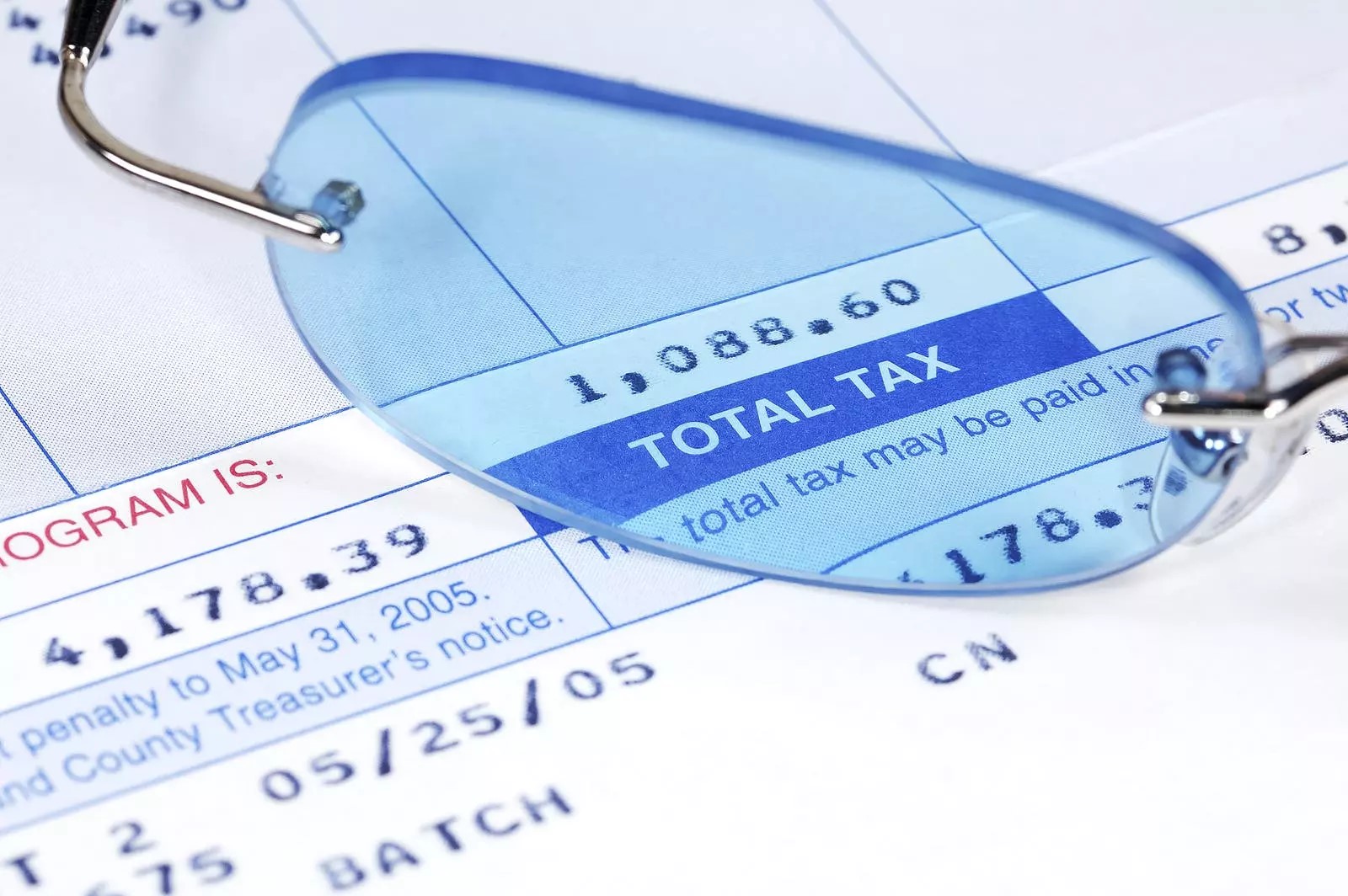
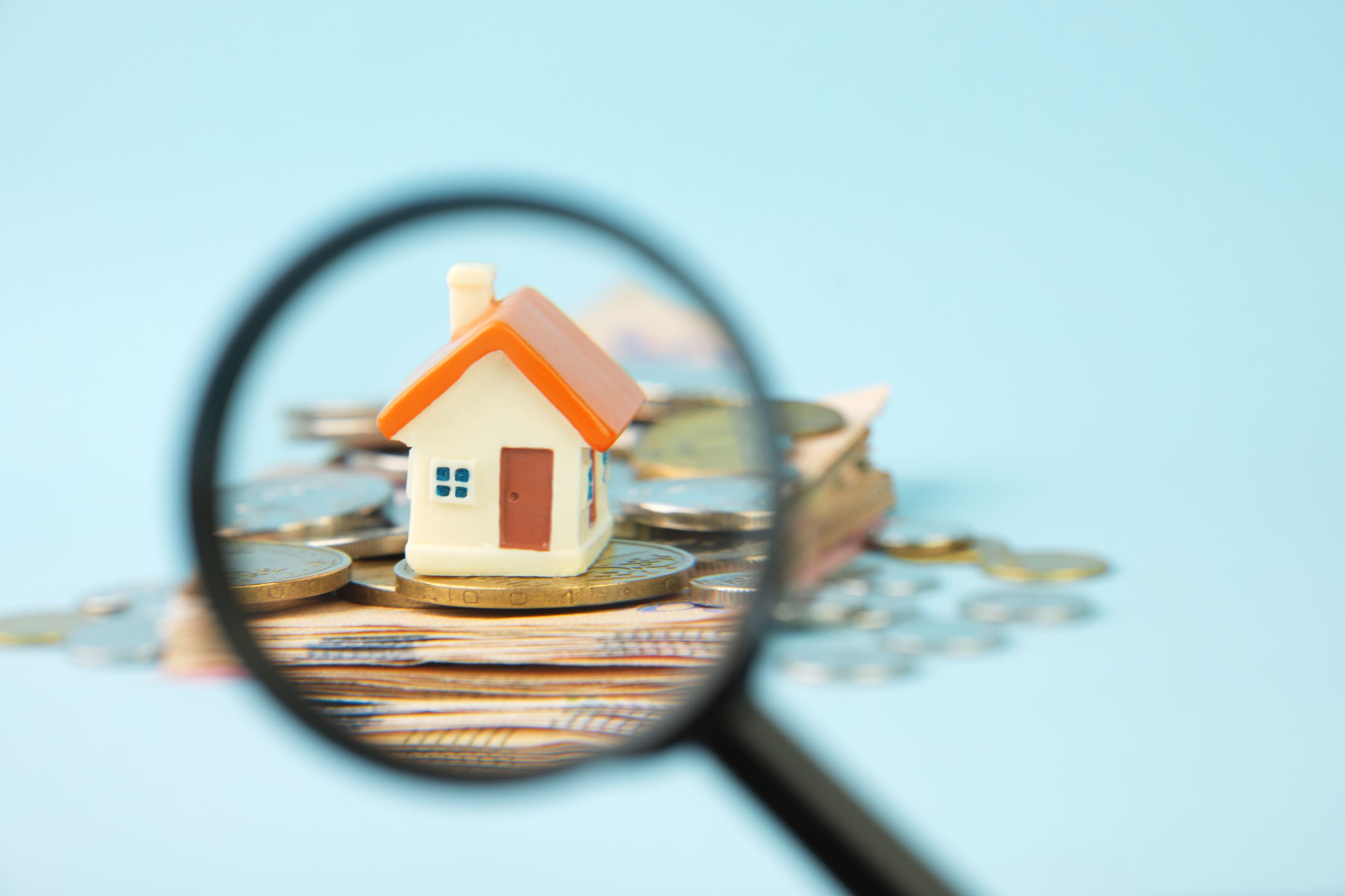







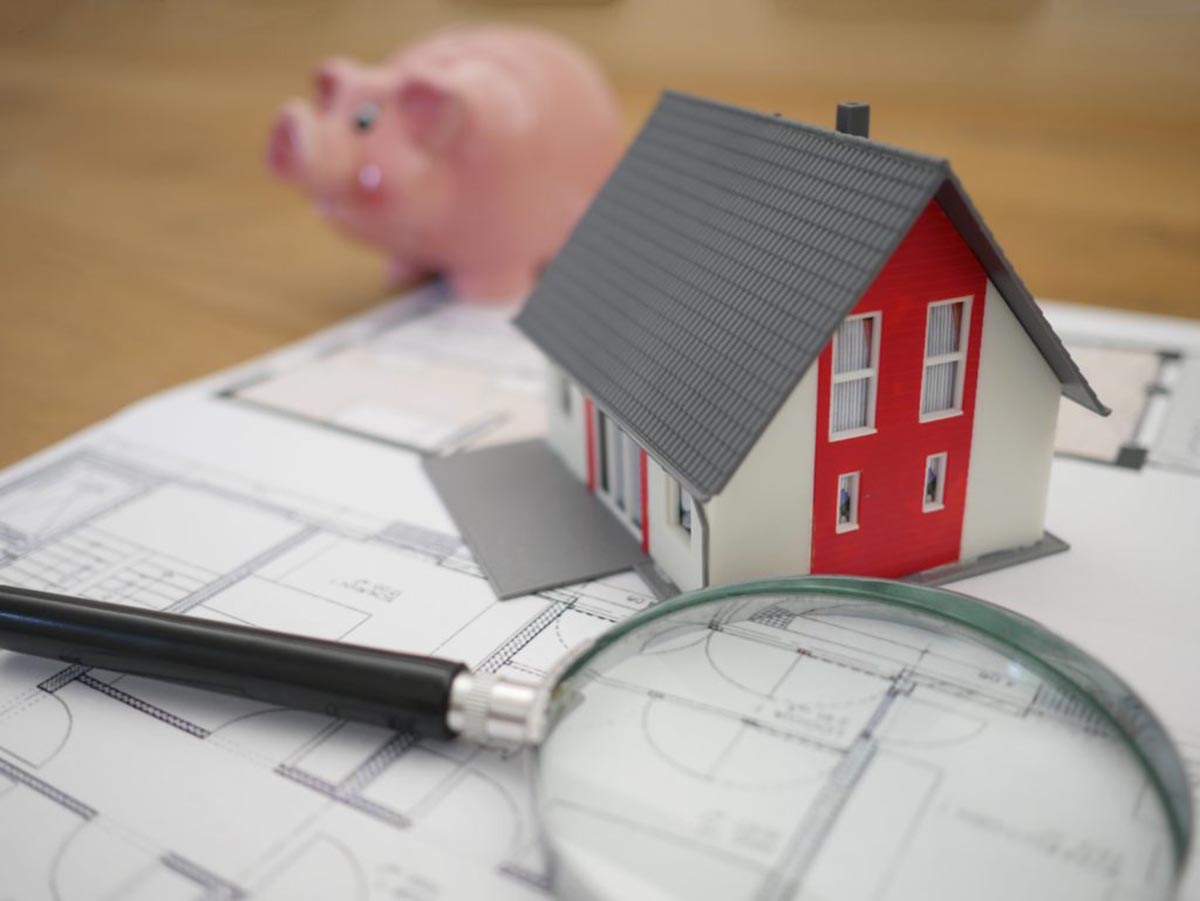


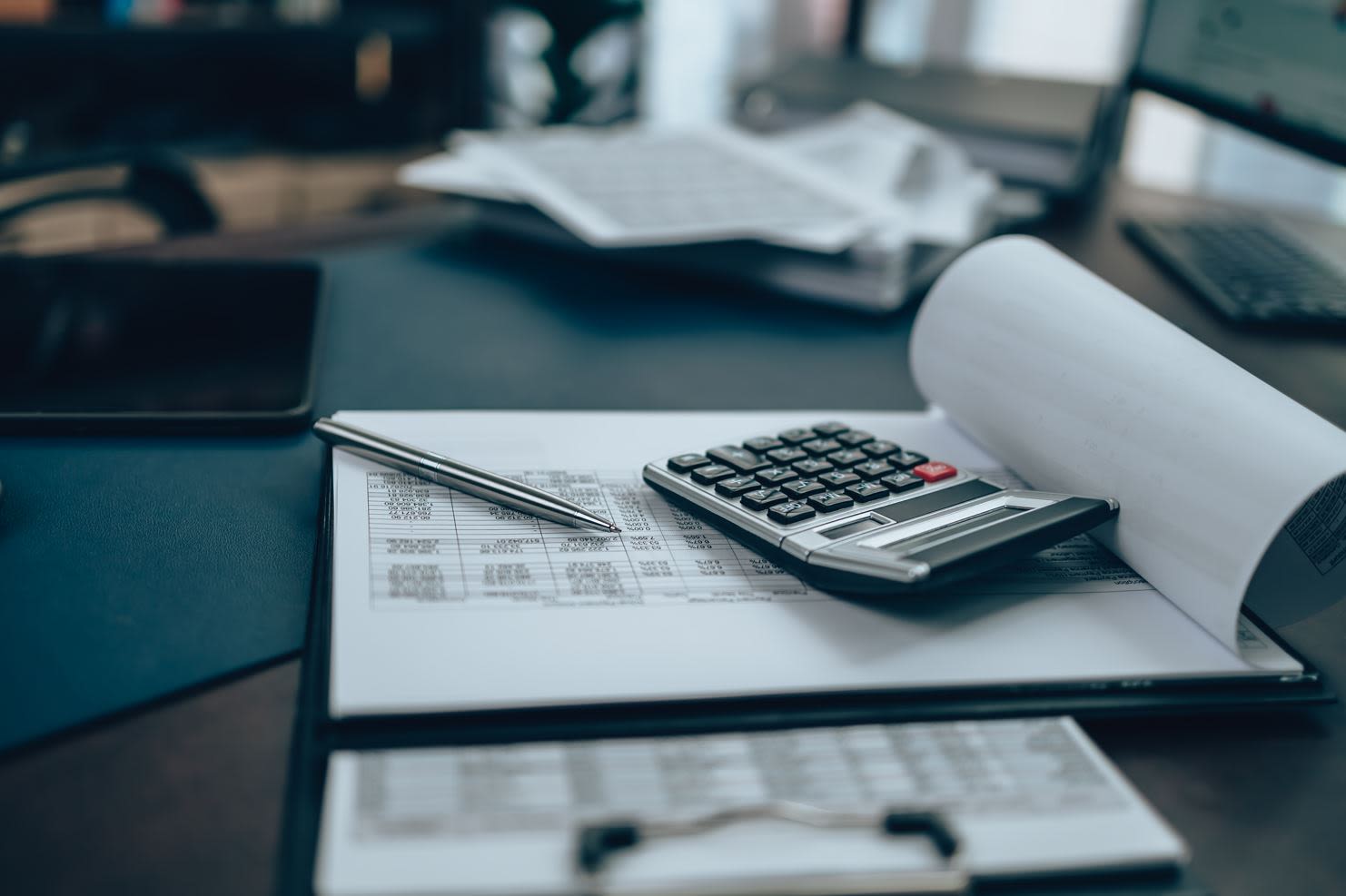
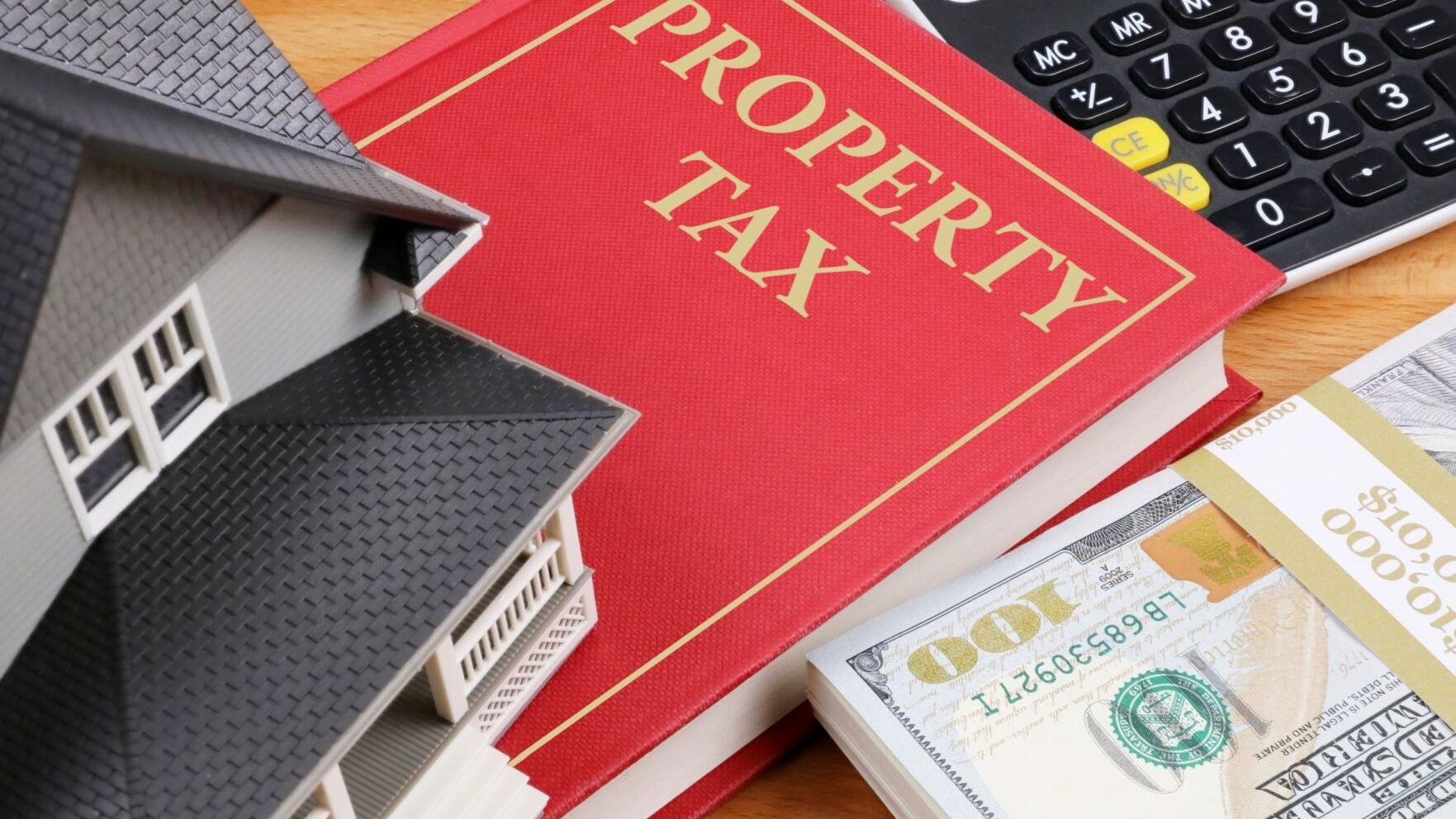

0 thoughts on “When A Property Assessment Indicates Improvements, How Are They Determined?”